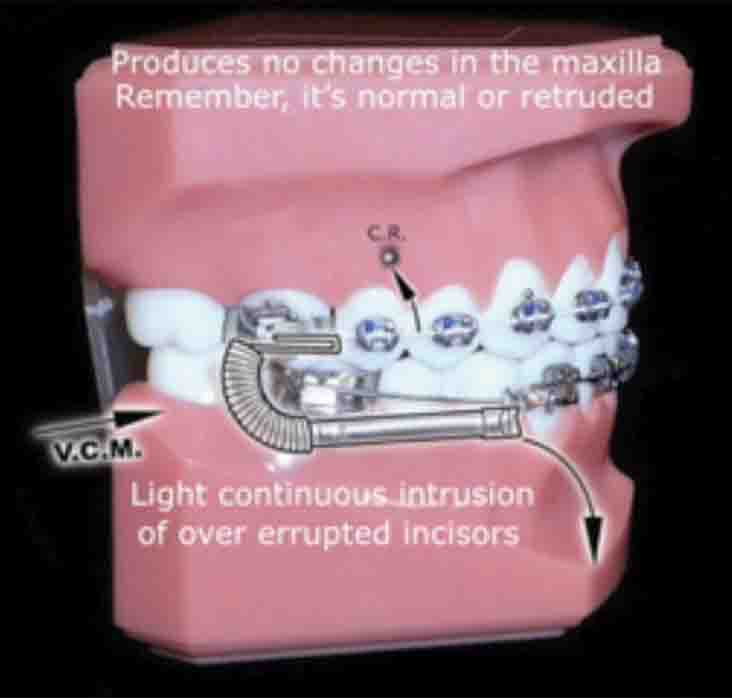class ii elastics effect
Per-element distribution of linear elastic stress-strain and total displacement were computed. Effects upon the maxillary archupper incisors are more vertical extrusion and downward movement of anterior occlusal plane backward movement of the upper arch dental distalization.
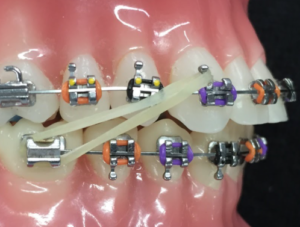
Are Class Ii Elastics As Effective As A Functional Appliance A Trial That May Answer This Question Kevin O Brien S Orthodontic Blog
These appliances all demand cooperation from and.
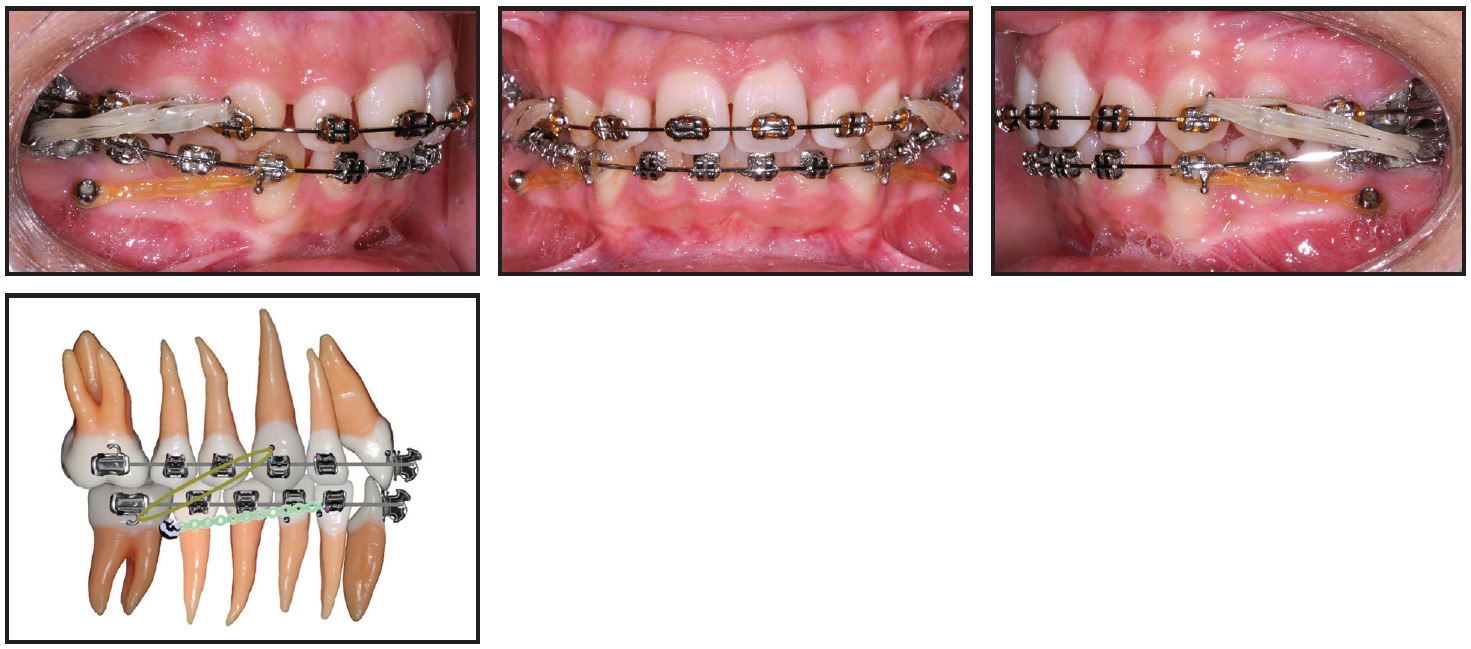
. Are Class II elastics7 In spite of their popularity8 some authors have attributed several side effects to the use of Class II elasticseg loss of mandibular anchorage proclination of mandibular incisors extrusion of maxil-lary incisors and even worsened smile esthetics because of increased gum exposurethus suggesting minimal. Finite Element Models that simulate the effects of Class II elastics on the mandibular arch in six different scenarios using various immobilization methods of the posterior dentition were studied. Are Class II elastics7 In spite of their popularity8 some authors have attributed several side effects to the use of Class II elasticseg loss of mandibular anchorage proclination of mandibular incisors extrusion of maxil-lary incisors and even worsened smile esthetics because of increased gum exposurethus suggesting minima The class II elastics.
Maximum strain on the PDL and maximum stress on alveolar. The class II elastics have different effects6. Twelve patients 6 girls 6 boys were randomly.
Upper incisor extrusion Lower first molar extrusion Lower incisor flaring Distal movement of the upper teeth and mesial movement of the lower teeth Steepening of the occlusal plane. But sometimes some materials take some time to return to its original configuration. The purpose of this study was to attempt to limit the adverse effects of class II elastics by the use of mini implants placed in the mandibular arch in adolescent class II female patients.
4619 Class II elastics do require some patient compliance but they tend to be more patient-friendly and tolerable and are less expensive than bite-jumping devices. Zhonghua Kou Qiang Yi Xue Za Zhi. A total of 50 participants aged 11 to 16 years were selected from a university clinic archive 1-year after treatment and after undergoing 6 months of Class II elastic wear taking pretreatment T0 and posttreatment T1.
This prospective randomized clinical trial aimed to evaluate the effect of low-level laser therapy on tooth movement during Class II intermaxillary elastics treatment. Maximum strain on the PDL and maximum stress on alveolar. Class 2 elastics effect.
Want to license our anima. Class II elastics are auxiliary forces that can be classified as active elements in a fixed appliance system1 They have been used in the correction of Class II malocclusion since the early days of orthodontic treatment26 although some undesirable effects can occur depending on their vertical force vectors4610 The vertical force can extrude the mandibular molars and. These elastics help move your upper teeth back and your bottom teeth forward.
Excessive proclination of lower incisors and other undesirable consequences usually result from the use of class II elastics during orthodontic treatment. Xbow causes a temporary over-proclination of the lower incisors followed by partial. Labial tipping of the mandibular incisors and mesialization and extrusion of the mandibular molars.
As the present case shows when Class II elastics are. To investigate the effect of Class II intermaxillary elastics on the functional occlusal plane FOP of growing patients. This temporary delay in achieving its original configuration is termed as elastic.
A systematic review done by Janson et al. Multiple studies have reported a lack of strong evidence that the use of Class II elastics results primarily in negative side effects as was previously suggested. Both Class II elastics and Class II springs cause proclination of the lower incisors.
In the conventional group the results showed that class II elastics were effective in correcting class II malocclusions and their effects were mainly dentoalveolar including lingual tipping retrusion and extrusion of the maxillary incisors. Finite element models that simulate the effects of class II elastics on the mandibular arch in six different scenarios using various immobilization methods of the posterior dentition were studied. 4 rows Class II elastics are effective in correcting Class II malocclusions and their effects.
Anthony Mair has warned about the use of Class II elasitcs with lower aligners which cause bodily root movement root prominence and gingival recession of the lower incisors. When a elastic body is stretched and applied deforming force is removed then the body is expected to return to its original configuration instantaneously. 2oz and 4oz class II elastics produced clinically significant vertical extrusive forces and horizontal forces along the archwire.
Based on the current literature we can state that Class II elastics are effective in correcting Class II malocclusions and their effects are primarily dentoalveolar. Effect of class II elastics on the moving pattern of anterior teeth. Animation demonstrating the use of Class II elastics.
Below are the side effects of Class II elastics. Archwire type had no effect on 2oz class II elastics whereas 0019 x 0025stainless steel significantly reduced the vertical extrusive effects of the larger 45oz elastics. Effects upon the mandibular arch.
Per-element distribution of linear elastic stress-strain and total displacement was computed. Looking at the effect of Class 2 elastics in correcting class II malocclusions concluded that Class II elastics are effective in correcting Class II malocclusions and that their. Effect on Class II Malocclusion.
Buccal tipping of lower incisors forward movement of the entire mandibular arch. To evaluate the skeletal dentoalveolar and soft tissue effects of skeletally anchored Class II elastics and compare them with a matched control group treated by a monobloc appliance for the correction of skeletal Class II malocclusion due to mandibular retrusionMaterials and Methods. Class II malocclusions can be treated with headgear appliances functional appliances Class II elastics and intraoral devices such as the Pendulum Distal Jet Nance button along with springs etc.
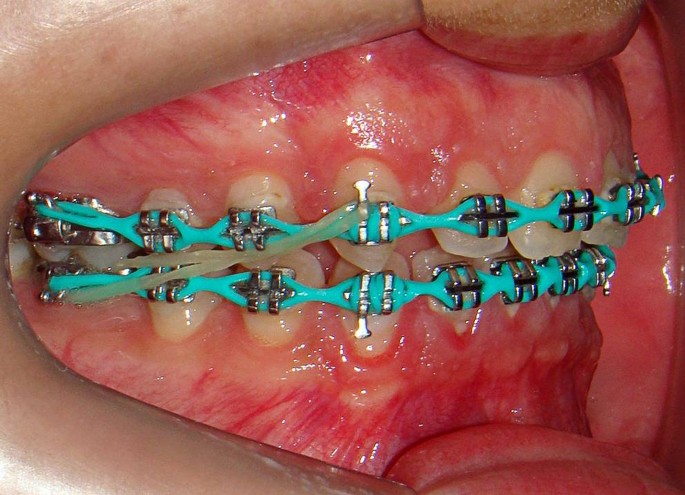
Soft Tissue Profile Changes In Angle Class Ii Patients Treated With Twin Force Or Intermaxillary Elastics A Comparison Springerlink
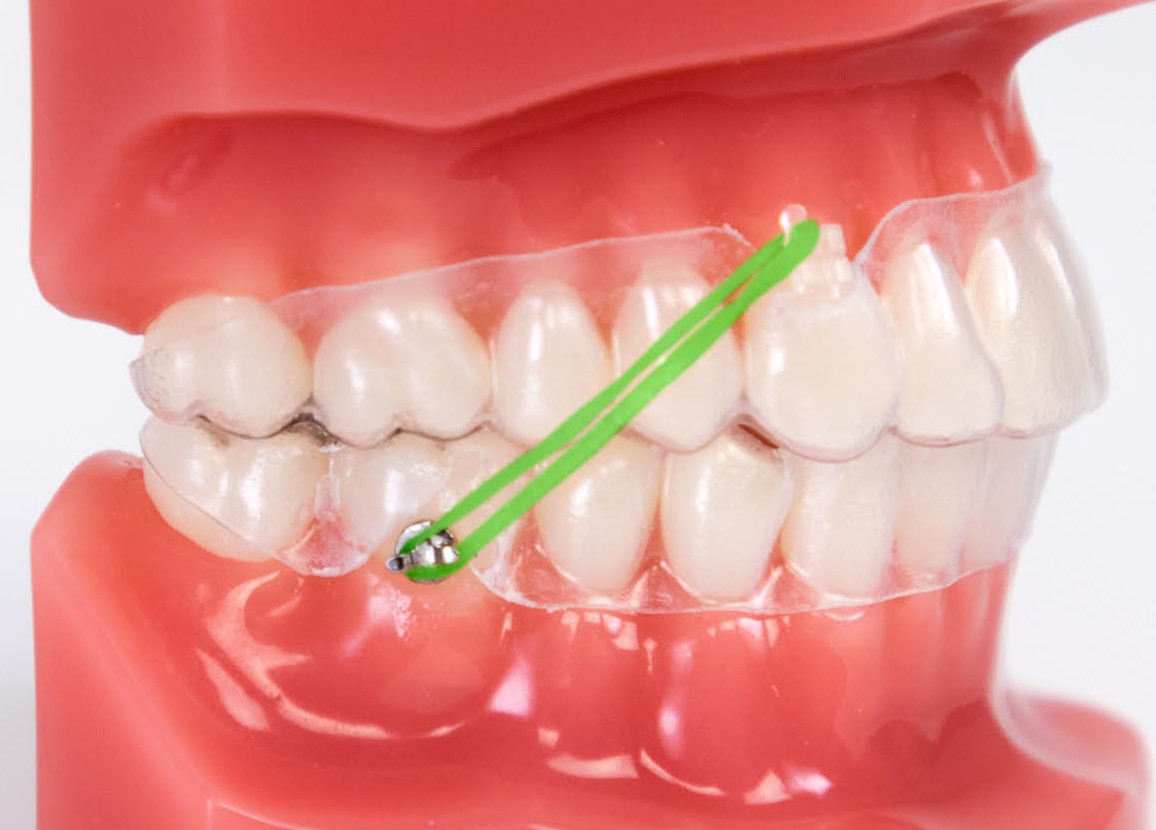
Arch Correction Simulation Acs Clearcorrect Support

Direction Of Force For Class Ii Correction A Class Ii Elastics With Download Scientific Diagram

Long And Short Class Ii Elastics Youtube
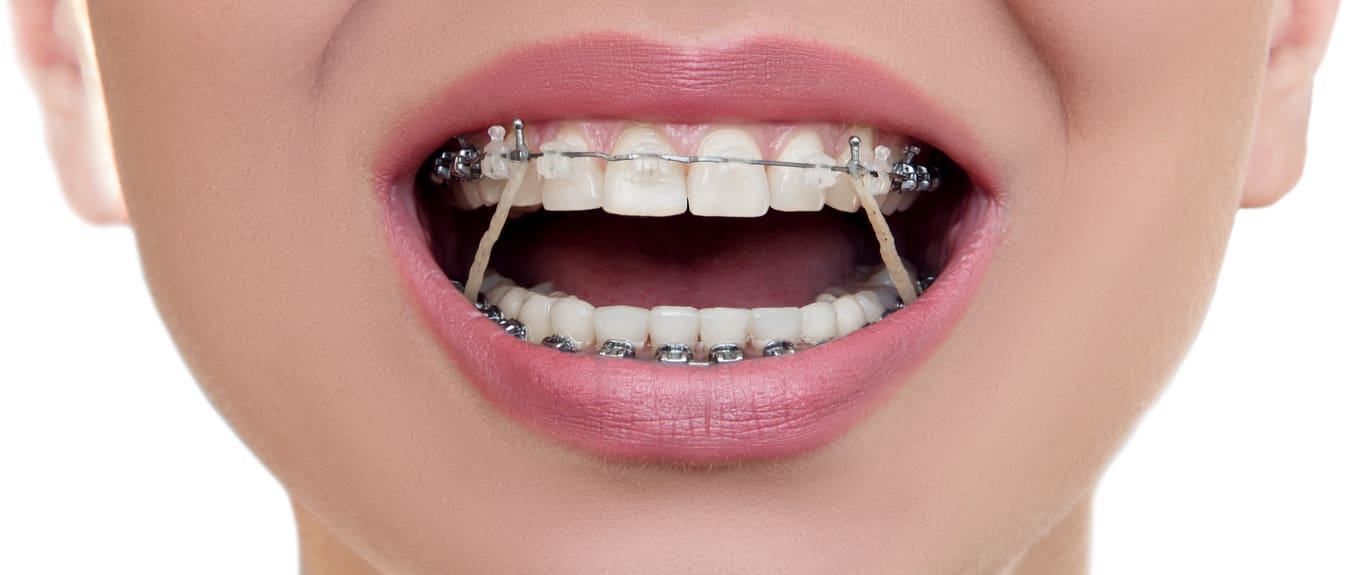
Are Class Ii Elastics As Effective As A Functional Appliance A Trial That May Answer This Question Kevin O Brien S Orthodontic Blog

Figure 2 From The Effect Of Intermaxillary Elastics In Orthodontic Therapy Semantic Scholar

Class Ii Elastics Lateral View Hd Edition Youtube

Elastics Class Ii Orthodontic Treatment Youtube
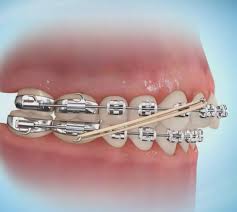
Before After Gallery Post And Pre Treatment Results

Mid Treatment Intraoral Photographs With Class Ii Elastics Download Scientific Diagram

Intraoral View Of Miniplate Anchored Class Ii Elastics Download Scientific Diagram
Treatment Of Class Ii Division 1 Malocclusion With Class Ii Elastics

